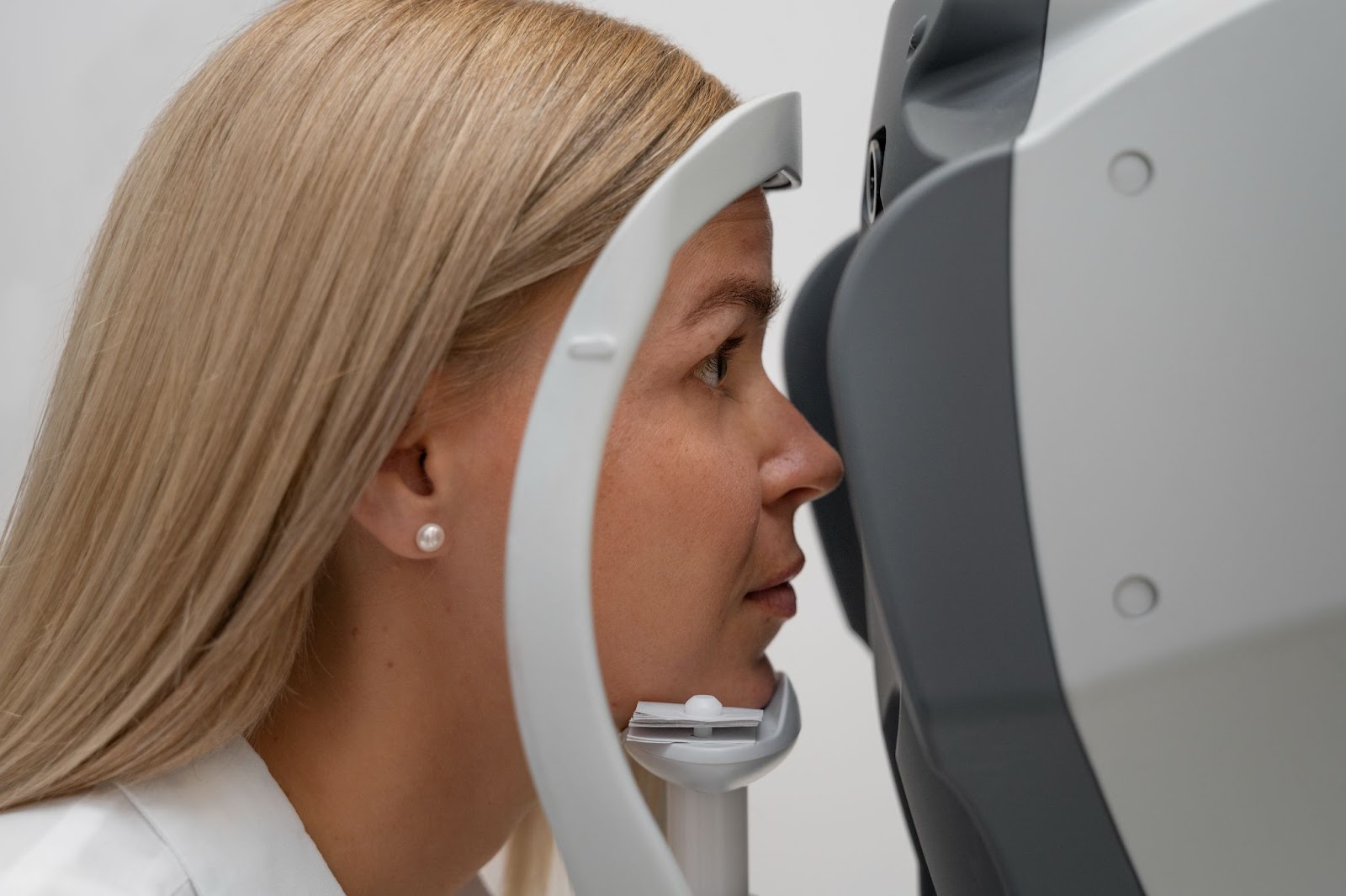Laser eye surgery was introduced with an objective to offer excellent visual outcomes after the procedure. However, the complications associated with this laser-assisted eye surgery stopped many people from considering this treatment. However, as the technology evolved and the better version of laser technology was adopted by medical science, the SILK eye surgery was one of the advanced vision correction procedures that became a buzz among the people. But, just like all the surgery options related to laser refractive procedures, it is ideal to understand the methodology of SIK surgery before considering it. Here is an overview that will determine the procedure, eligibility for the surgery, things to remember and similar points of relevance.
What is SILK eye surgery?
SILK, the laser assisted vision correction procedure is a minimally invasive treatment known for faster recovery and reduced discomfort. The optimal use of latest ELITA laser technology in the SILK (Smooth Incision Keratomileusis) surgery ensures the high-precision solution and it addresses the common vision issues like astigmatism and myopia. This flapless vision correction procedure has a different mechanism as compared to the traditional LASIK surgery options. Whether it is the use of femtosecond laser technology, small incision or the reduced discomfort SILK eye surgery has multiple advantages for people seeking treatment for refractive issues.
Why is choosing SILK eye surgery a practical decision?
Most of the time, the fear of complications due to incision, corneal flap, post-operative side-effects and the under-corrections & over-corrections may prevail in the traditional laser assisted eye surgery. However, as the medical science keeps evolving, the better options of vision correction are not only intended at precision, but also, offering the tailored outcome based on the degree of visual issues. In the case of SILK procedure, faster healing, speedy recovery and retaining the corneal strength are some of the important takeaways that make SILK, the top laser eye surgery option.
In fact, the people with thin corneas can also qualify for this permanent vision correction procedure. It has often been witnessed that thinner corneas are not advisable for various laser eye surgery variants, but, the corneal reshaping in the SILK does not include flap removal, hence, the rule remains exceptional in this case. Apart from this, various refractive issues are treated through the SILK eye surgery. It also implies that reduced or no dependence of contact lenses or glasses can be experienced by the patients after the successful SILK procedure.
Who is not eligible for the SILK procedure?
The patients who are suffering from the severe complications of astigmatism or may be suffering from eye conditions such as keratoconus, do not qualify for SILK surgery. This is precisely the reason behind the clinical examination conducted by the eye specialist to ensure the eligibility of the candidate. As a matter of fact, the complications like over-corrections, under-corrections or flap dislocation and dry eye syndrome can be experienced by the person who undergoes the laser eye surgery without getting the risk factors assessed.
Benefits of SILK eye surgery
In addition to being the minimally invasive laser assisted eye surgery, the SILK eye surgery is known for its high-precision approach to address the advanced refractive errors. Due to the reduced discomfort and advanced methodology, the individual can experience faster recovery. Furthermore, the SILK procedure is also suitable for people with thin corneas and it offers long-term results. In terms of complications, the reduced risk of dry eyes also makes this modern laser assisted eye surgery, the reliable solution for permanent vision correction.
Things to understand before taking the final decision of undergoing SILK procedure
Firstly, a comprehensive eye examination has to be scheduled with the top eye specialist. This step is aimed at determining the patient’s eligibility for the SILK procedure. Whether it is the corneal thickness, severe vision complications, or any prolonged vision issues’ related history are identified as a part of clinical examination carried out before the SILK. Apart from this, the doctor will also ensure the person is not suffering from any autoimmune disease or any eye infections prior to scheduling the SILK eye surgery. After ensuring that there is no risk factor hindering the process of SILK, the skilled professionals and their team members proceed with the preparation of the surgery.
On a last note, it is ideal to choose the top eye clinic, so that all the apprehensions get addressed by the doctor before proceeding with the surgery.
